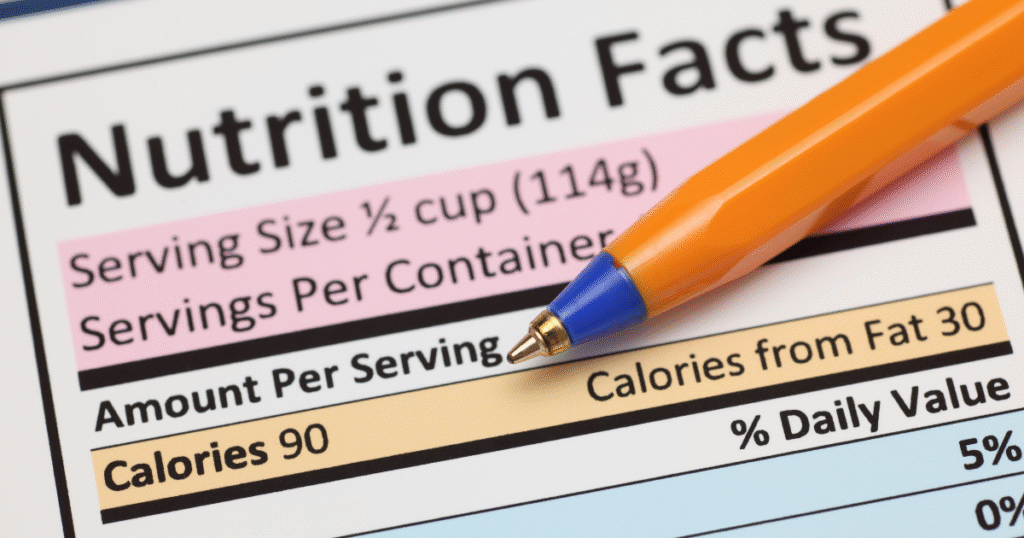When it comes to salt choices in our kitchens, the debate between sea salt vs table salt has captured much attention. Both provide sodium, an essential mineral for human health, but their origins, processing methods, and nutritional profiles set them apart. Below, we present a comprehensive, fact-rich exploration of which salt may be healthier and the nutrition facts you need to know before making an informed choice.
What Are Sea Salt and Table Salt?
Sea Salt: A Natural Mineral From the Ocean
Sea salt is harvested through the evaporation of seawater, leaving behind crystals that are minimally processed. Depending on the body of water and region it comes from, sea salt can contain trace minerals such as magnesium, calcium, potassium, and iron, which can slightly enhance its flavor and color. Its crystals tend to be larger, coarser, and may appear white, pink, gray, or even black depending on its mineral content.
Table Salt: A Refined Kitchen Staple
Table salt, on the other hand, is mined from underground salt deposits and then refined to remove impurities and trace minerals. It is finely ground and often mixed with anti-caking agents to prevent clumping. In many countries, it is fortified with iodine, an essential nutrient for thyroid function, as part of public health initiatives to prevent goiter.

Nutritional Content: Sea Salt vs Table Salt
Sodium Content
Both sea salt and table salt are made of about 40% sodium by weight, meaning they both contribute equally to your daily sodium intake if measured by weight. The difference lies in their crystal size and density. Sea salt’s larger crystals mean that a teaspoon of sea salt may contain slightly less sodium than a teaspoon of finely ground table salt.
| Type of Salt | Sodium per Teaspoon (approx.) |
| Table Salt | ~2,300 mg |
| Sea Salt (coarse) | ~2,000 mg |
This difference, however, is minimal and does not make sea salt significantly healthier in terms of sodium reduction.
Trace Minerals
Sea salt retains small amounts of trace minerals depending on its source. While these minerals contribute to its distinctive flavor, their amounts are too tiny to make a meaningful nutritional impact.
| Mineral | Sea Salt | Table Salt |
| Magnesium | Trace | Minimal |
| Potassium | Trace | Minimal |
| Calcium | Trace | Minimal |
| Iodine | Varies (low) | Added |
One important note is that sea salt usually contains little to no iodine, which is crucial for thyroid health. Unless you consume other iodine-rich foods such as seafood, eggs, or dairy, relying solely on sea salt could risk iodine deficiency.
Health Implications of Sodium Intake
Regardless of the type of salt, high sodium consumption is associated with increased risk of hypertension (high blood pressure), heart disease, and stroke. According to the American Heart Association, the recommended sodium intake is no more than 2,300 mg per day, with an ideal limit of 1,500 mg per day for most adults. Both sea salt and table salt contribute equally to sodium intake, and thus moderation is essential.
Why Chefs Prefer Sea Salt
Many chefs and food enthusiasts prefer sea salt for its texture and flavor complexity. The larger crystals provide a satisfying crunch when sprinkled on dishes and can enhance the visual appeal. Varieties like fleur de sel, Himalayan pink salt, and Celtic gray salt are often prized for their subtle flavors and unique mineral notes.
Table salt’s fine grains dissolve more quickly and evenly in cooking and baking, making it a preferred choice when consistency is needed in a recipe.
Environmental and Processing Considerations
Sea salt production has a smaller carbon footprint compared to the mining and refining processes of table salt. However, environmental concerns such as ocean pollution and microplastics are becoming an increasing issue in sea salt production. Some studies have detected microplastics in sea salts sourced from certain regions.
Pros and Cons of Sea Salt and Table Salt
Sea Salt Pros:
- Contains trace minerals that add subtle flavor
- More natural and less processed
- Larger crystals offer unique texture
Sea Salt Cons:
- Lacks iodine (unless iodized)
- Trace minerals are negligible nutritionally
- Often more expensive
Table Salt Pros:
- Fortified with iodine
- Fine texture dissolves quickly
- Affordable and widely available
Table Salt Cons:
- Highly processed
- Lacks flavor complexity
- Contains additives like anti-caking agents
Which Is Healthier?
From a strictly nutritional perspective, neither sea salt nor table salt is “healthier”, since both provide similar amounts of sodium, which should be consumed in moderation. The key differences lie in taste, texture, and iodine content. For individuals at risk of iodine deficiency, iodized table salt is the better choice. Those who prefer a more natural, minimally processed product with distinctive flavor might choose sea salt, provided they get enough iodine from other dietary sources.
In conclusion, while sea salt offers culinary appeal and a more artisanal touch, it does not offer significant health advantages over table salt. The healthiest approach is to minimize total sodium intake regardless of the type of salt used, and to balance the diet with iodine-rich foods.
Tips to Reduce Salt Intake Without Sacrificing Flavor
- Use herbs, spices, and citrus to enhance flavor without excess salt.
- Choose fresh or minimally processed foods, which contain less sodium.
- Read nutrition labels to monitor sodium content.
- Gradually reduce salt use to allow your taste buds to adjust.


